With the recent news via Deadline of Sean Gunn’s casting as billionaire Maxwell Lord in the DCU, comics fans may have started to see a potential plan form. Many know Max Lord as a Wonder Woman villain, a role DC gave him in the 2000s. It’s a role he also played in live-action in Wonder Woman 1984, as well as The CW Supergirl series. But when the character originated, he wasn’t evil at all. He was a smarmy business executive to be sure, but his intentions were ultimately noble. And he intended to form a new Justice League, one which would represent the whole world. A Justice League International.
A post about about Maxwell Lord from James Gunn’s Instagram (around the same time Gunn was mentioned for the role) seemed to confirm that he prefers the Justice League International version of the character, and not the modern villainous version. So this begs the question, with Max and other JLI characters already announced for the DCU, does this mean the world’s goofiest iteration of the Justice League is on the way for live-action? We don’t know, but it sure seems to be pointing in that direction. Before we explain how this could work, here’s a brief history of the Justice League International in the comics, and how Max Lord was tied to them.
The Justice League Reinvents Itself (Take One)
For the first quarter century of its existence, the Justice League of America consisted of DC’s biggest stars. Superman, Batman, and Wonder Woman were almost always front and center. They were usually flanked by DC’s second tier of heroes, like Green Lantern, Aquaman, and the Flash. The roster expanded over the years, but the superstars were always at the core. But by 1984, sales dipped on JLA, and DC decided to take the Teen Titans/X-Men approach. Mix in new, younger heroes, with some classic old-school members. And thus, Justice League Detroit was born. Okay, so that was not their official name. But since their HQ was a bunker in Detroit, and not a satellite in space, the name stuck.
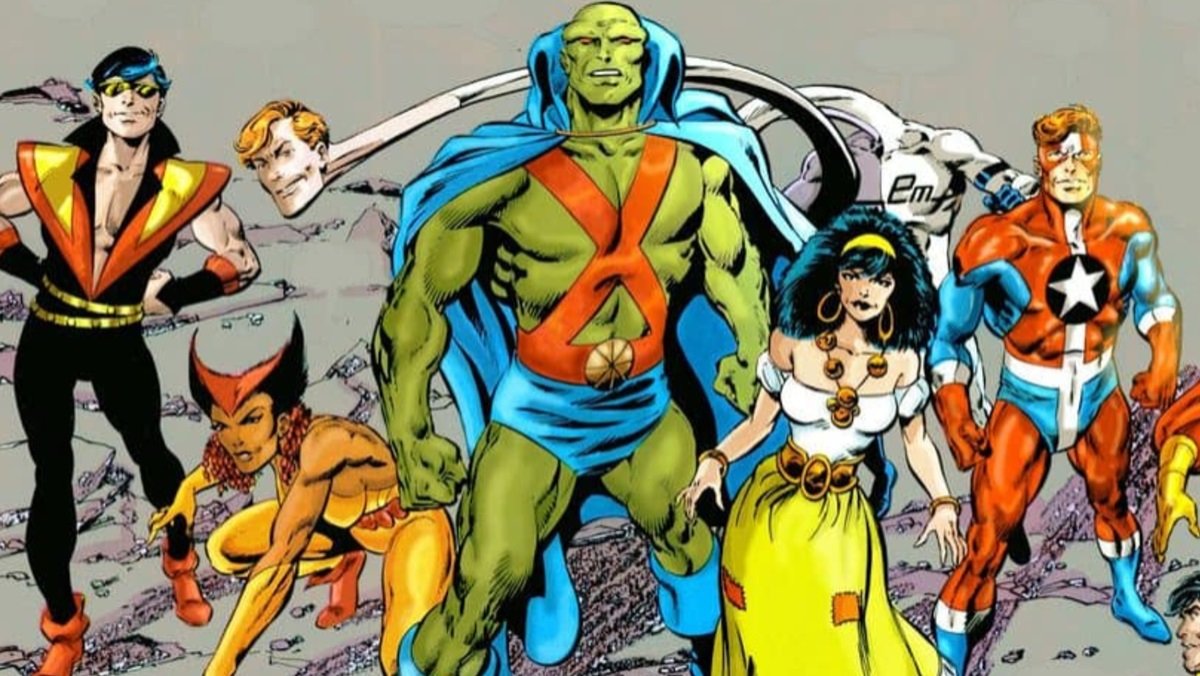
The DC trinity left the book, leaving stalwarts like Aquaman, Martian Manhunter, and Elongated Man in charge. But the focus was on new, younger members like Steel, Vixen, Vibe, and the unfortunately named Gypsy. All of these members visually evoked pop culture trends of the moment, like breakdancing or MTV pop stars like Cyndi Lauper and Tina Turner. Within a year or two, it was hopelessly dated. Fans rejected it. The new JLA series was a flop, and DC canceled it after only two years. But then they tried something new. And this time, the new take worked.
How Justice League of America Became Justice League International
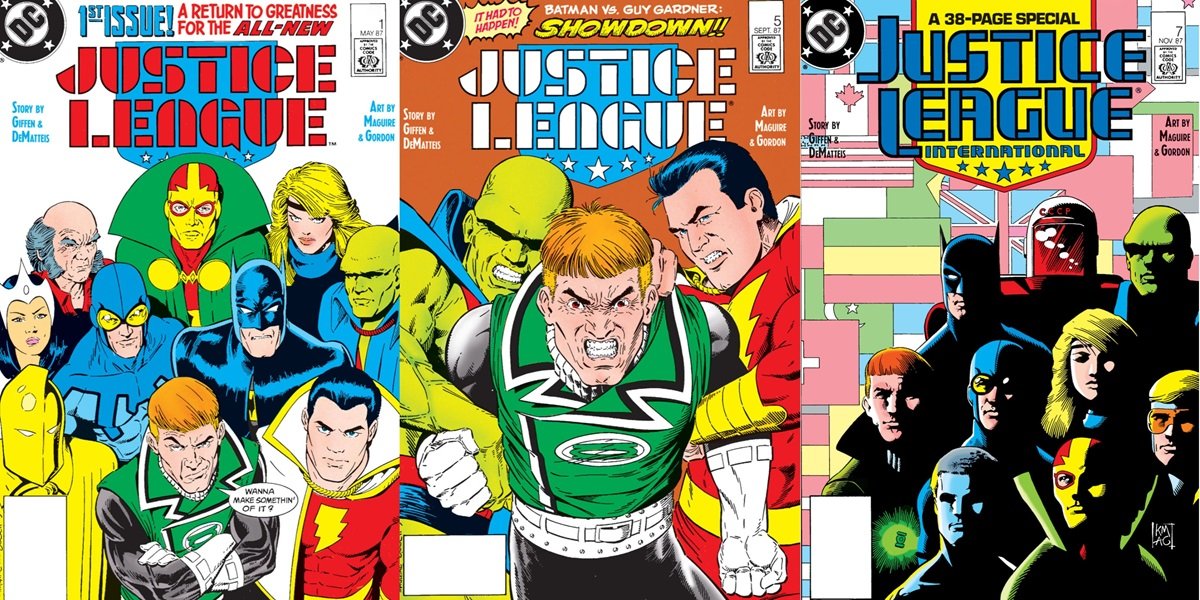
After the Crisis on Infinite Earths reboot, the biggest DC icons were rebooted and re-energized. But there was no Justice League comic on the horizon. The editors of Superman, Wonder Woman, and Flash didn’t want their characters playing in someone else’s sandbox as they reestablished them, so they forbade them from joining any new Justice League series. DC editor Andy Helfer asked the Batman office to let them use the character, and they relented. Allegedly they felt bad that this new League had no stars. This new Justice League was simply “The Justice League.” No more “of America” in the title. They launched their own new #1 issue in the spring of 1987, from the creative team of writers Keith Giffen and J. M. DeMatteis, and artist Kevin Maguire. Those first issues sold like hotcakes, despite almost no big names in the group besides Batman.

Aside from longtime Leaguers like Batman, Martian Manhunter, and Black Canary, this League’s roster was largely newcomers. Not necessarily newcomers to comics, but to the team. They were known heroes, but with lesser degrees of fame. There was Captain Marvel/Shazam, as well as former JSA member Doctor Fate, two 1940s relics. New Gods characters like Mister Miracle also joined, and the team’s resident Green Lantern was not the well-respected Hal Jordan or John Stewart. It was blowhard Guy Gardner, who no one really liked. In fact, Batman sucker-punched him in the face once, to the visible delight of all his teammates.
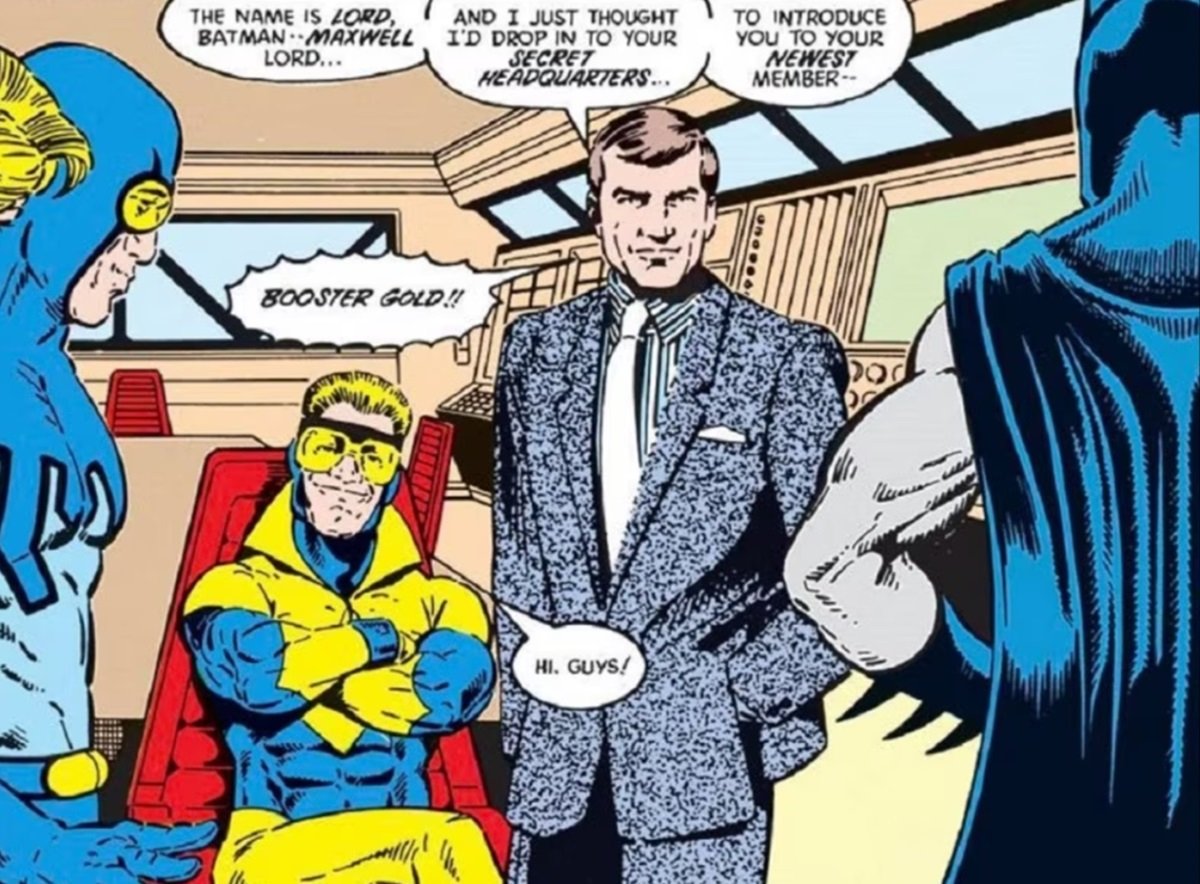
A new character, a mysterious financier named Maxwell Lord elevated the League to a new status, as the United Nations’ first official superhero team. Like a sovereign country, they would have embassies all over the globe. By issue #7, DC Comics renamed the series Justice League International. Eventually, the story revealed that Lord encountered a supercomputer from New Genesis, home of the powerful New Gods. It programmed him to use his vast wealth and resources to fund a group of metahumans to replace the now-defunct Justice League of America, in order to protect the Earth from various threats.
Justice League International Mixed Comedy with Superheroics
From the start, JLI was different. Giffen and DeMatteis leaned heavily on comedy, in the middle of the dark and grimy age of comics. The series was genuinely laugh-out-loud funny, but it was also a great superhero adventure series. Guy Gardner was the JLI’s resident arrogant jerk, who rubbed everyone on the team the wrong way. Batman was the gruff uncle who occasionally visited, while Martian Manhunter was the always exasperated dad of the family.
Meanwhile, Blue Beetle and new member Booster Gold (who joined in issue #4) were the constant wisecracking “big brothers” of the team, while Captain Marvel was the dorky kid brother just happy to tag along. JLI became the home of known DC characters—ones often treated with disrespect or considered as jokes. JLI later brought in true D-list characters, like Fire and Ice, a duo who originated in some old Super Friends comics, or the Russian hero Rocket Red. JLI made the readers fall in love with them.
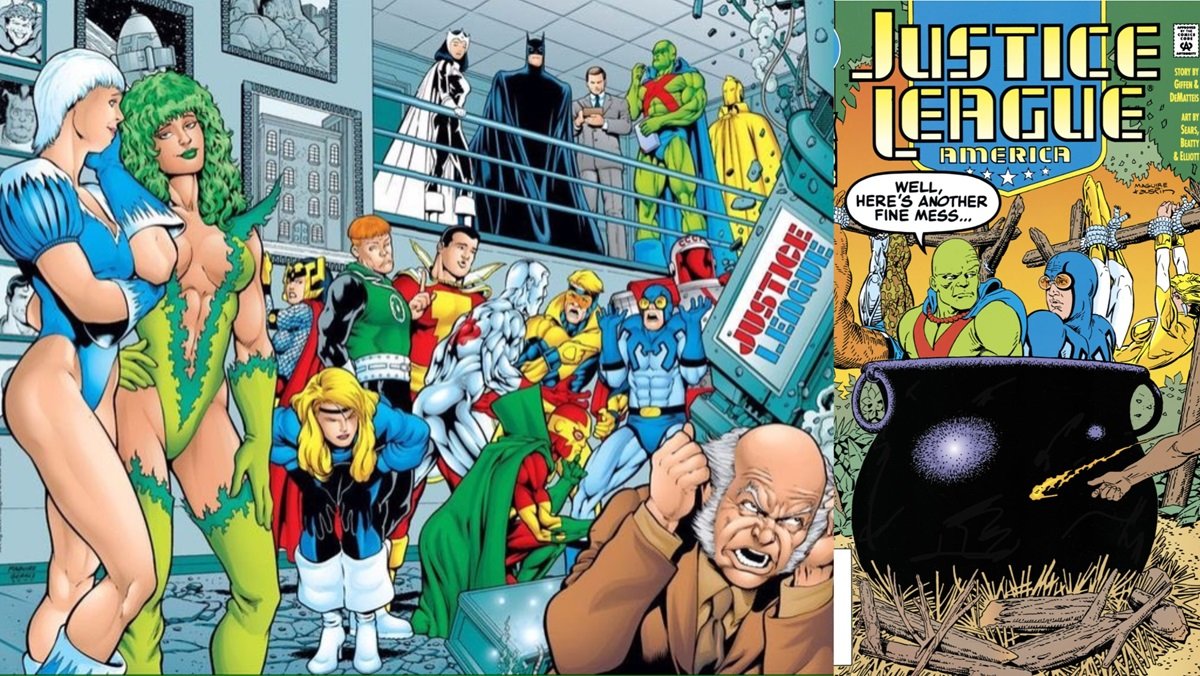
The comedic tone of the writing blended perfectly with Kevin Maguire’s detailed art. The artist had a knack for drawing hyper-realistic facial expressions, so the team’s constant laughter or shock always came through. The series was a big hit for DC, who then spun off several titles. The main JLI book became Justice League America, while its spinoff team was Justice League Europe. A Justice League Quarterly series appeared, and several crossover events took place between them all. Fans responded to the blend of comedy and action, with character interactions that, while mostly funny, could get downright serious. If there was any live-action superhero property these days that reflects the tone of JLI, it’s probably James Gunn’s own Guardians of the Galaxy trilogy.
Is James Gunn Bringing the Justice League International into the DCU?
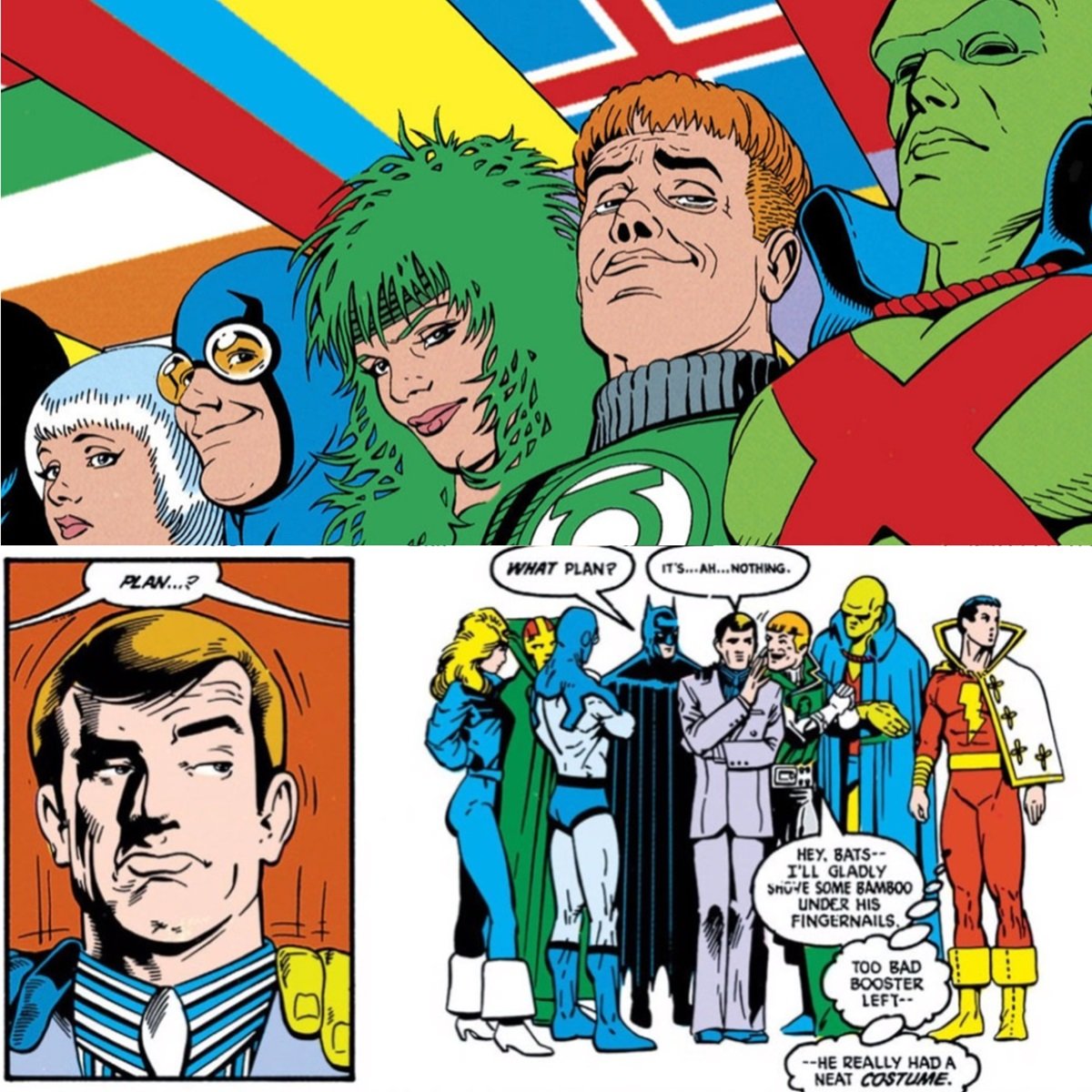
With the addition of Max Lord to the DCU, one of the key pieces of the Justice League International team is in place. They’ve already cast Guy Gardner (Nathan Fillion), with Booster Gold officially announced as getting his own streaming series. The Blue Beetle film hinted heavily that Ted Kord is still out there. And if they absorb Beetle into Gunn’s new DCU, we assume that includes Ted too. Add in Batman (we know he’s coming) and Justice League Europe member Metamorpho, and the core of Justice League International is right there. But what form will it take in live-action?
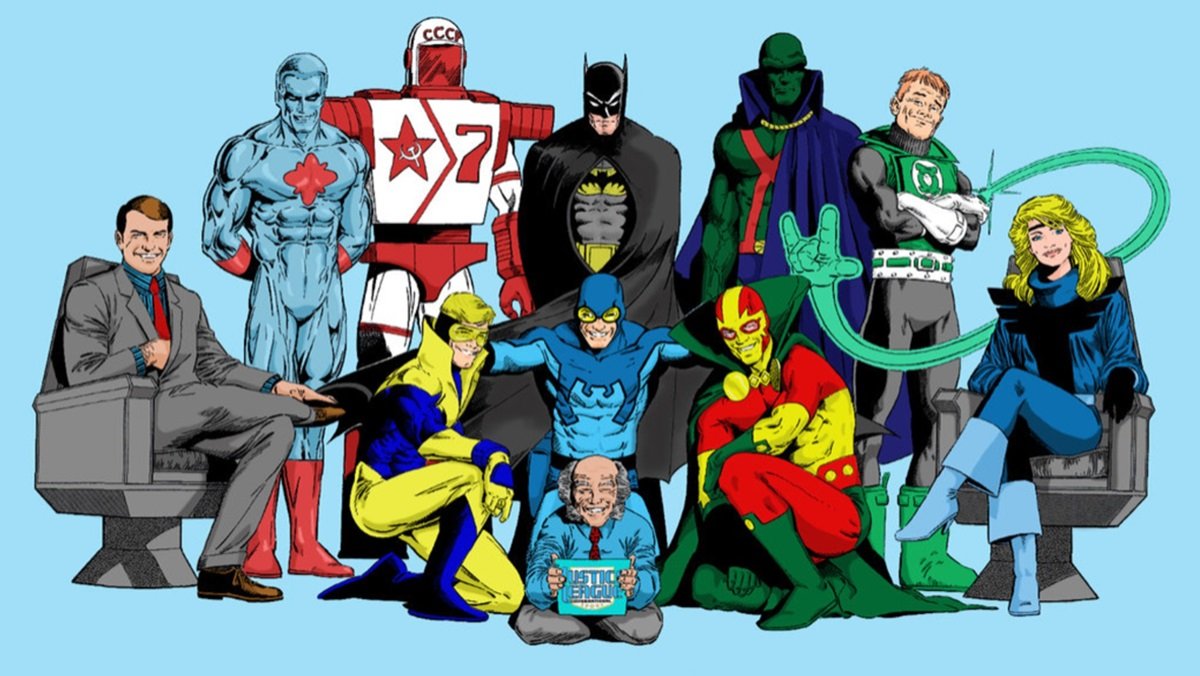
At some point in the future, there will be a new Justice League movie. We doubt it will feature anything but DC’s biggest heroes in the lead. It’s hard to sell a $250 million movie on characters like Fire and Ice, or Mister Miracle. However, it would make sense for Gunn to develop two branches of the League. The “Big Guys” for the movie franchise, and the JLI for an ongoing TV series. Maxwell Lord could form a separate League for the United Nations, and we’d get to see a streaming series featuring them before we even see the famous icons get together to save the Earth.
Gunn perfected the comedic superhero team dynamic for Marvel’s Guardians of the Galaxy. He could work similar magic for the JLI for the DCU. Maybe bigger characters like J’onn J’onzz the Martian Manhunter and Batman could be the liaisons between the All-Star League up in their orbiting watchtower, and the “little guys” on Earth. It would be truly wild if the first Justice League we see in Gunn’s DCU was the era when the roster mostly consisted of so-called “lovable losers.” But wouldn’t that be the most James Gunn move ever? If we suddenly hear casting announcements for characters like Fire, Ice, and Rocket Red, then we think it’s safe to say it’ll the Justice League International will be well on its way soon.

